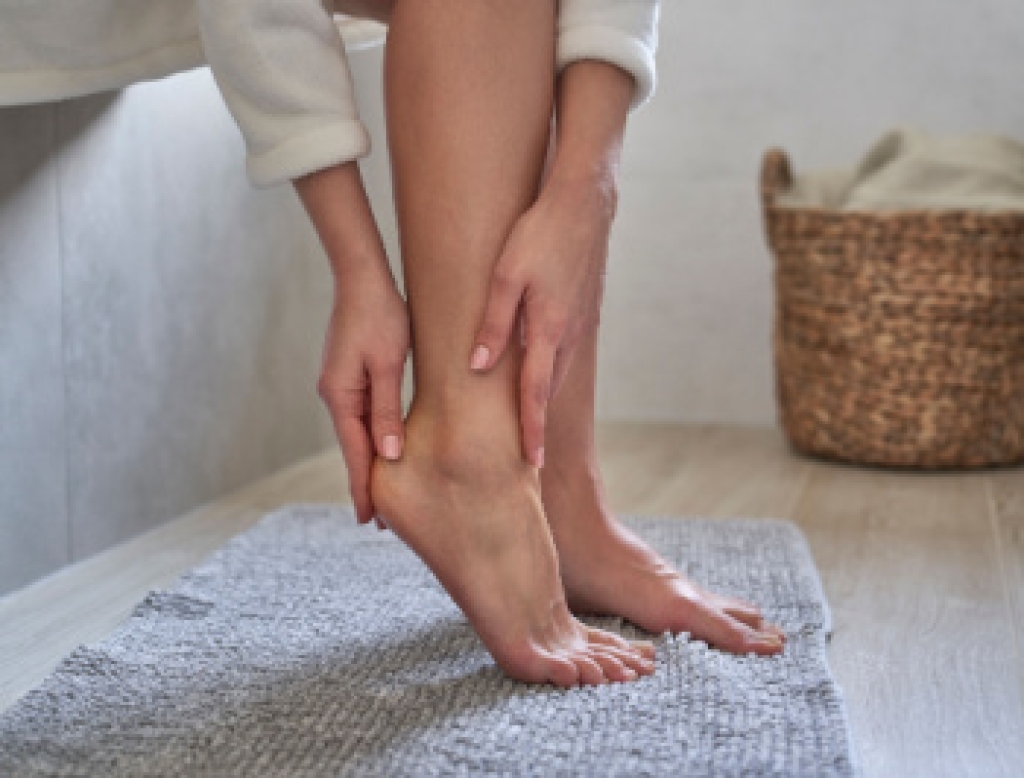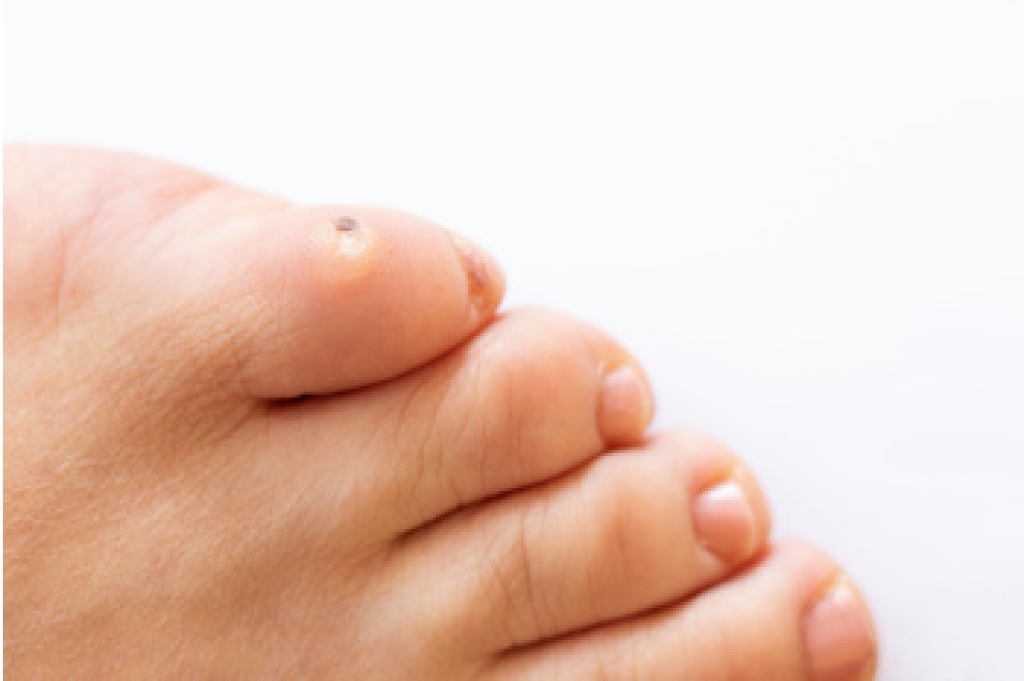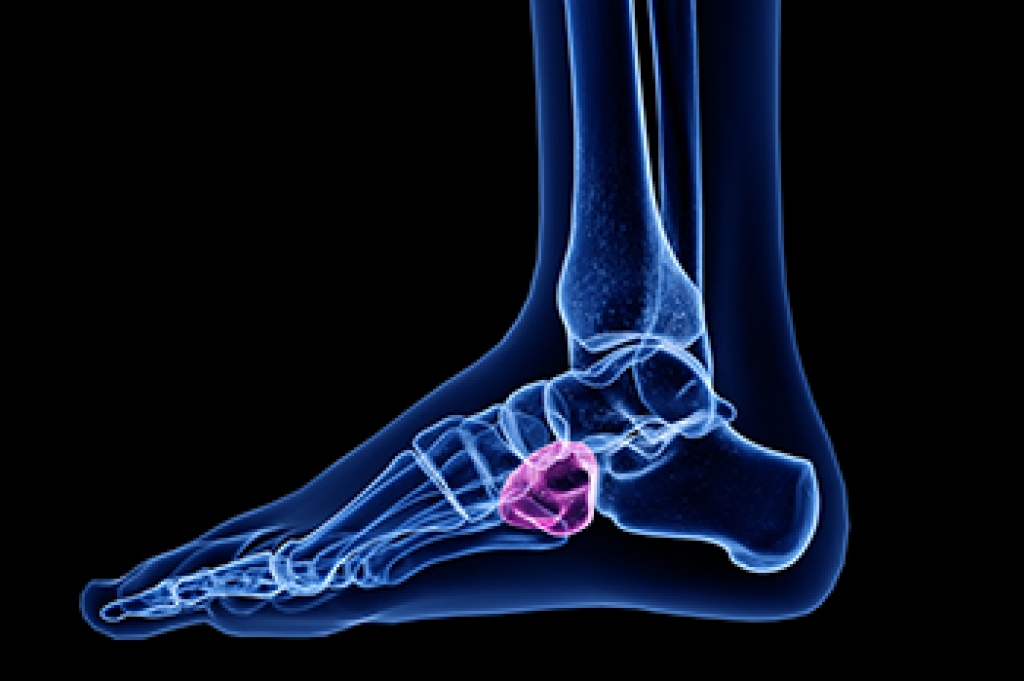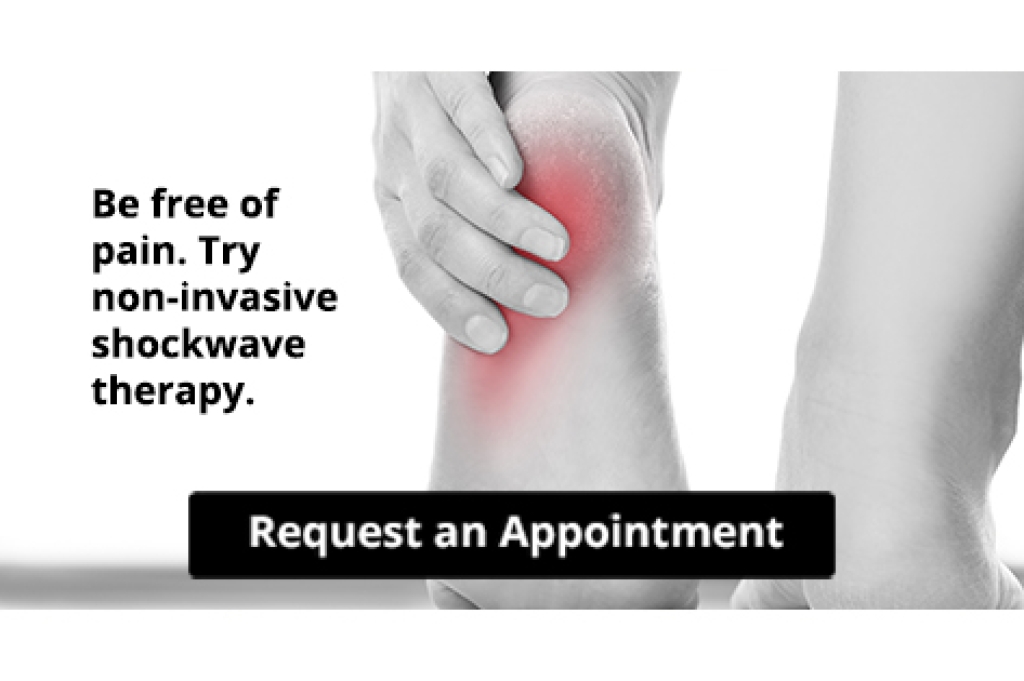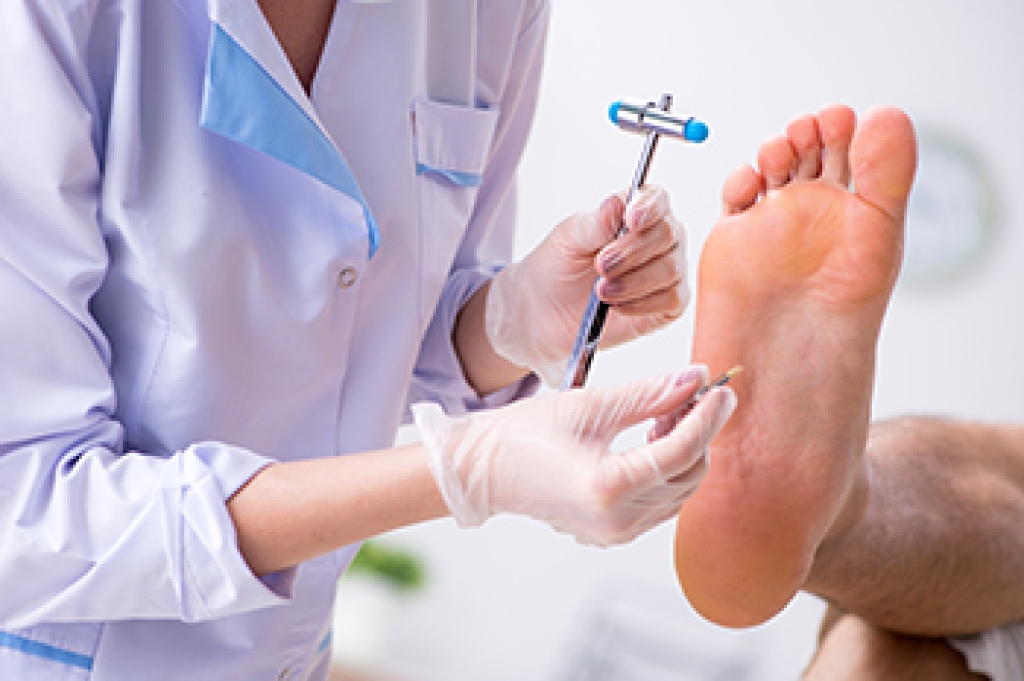
A podiatrist is a medical professional who specializes in the health of the feet and ankles. This expertise allows them to diagnose and treat a wide range of conditions such as heel pain, diabetic foot concerns, tendon injuries, and structural problems that affect balance and movement. Podiatrists play an important role in early identification of foot and ankle problems, which can prevent minor issues from becoming more serious. They provide guidance on proper footwear, offer treatment plans tailored to individual needs, and support overall mobility and comfort. If you have foot or ankle discomfort or want to protect your long-term foot health, it is suggested that you visit a podiatrist who can offer effective relief and treatment solutions.
If you are experiencing pain in the feet or ankles, don’t join the stubborn majority refusing treatment. Feel free to contact Zina Cappiello, DPM from Dr. Zina B. Cappiello DPM, LLC. Our podiatrist can provide the care you need to keep you pain-free and on your feet.
What Is a Podiatrist?
Someone would seek the care of a podiatrist if they have suffered a foot injury or have common foot ailments such as heal spurs, bunions, arch problems, deformities, ingrown toenails, corns, foot and ankle problems, etc.
Podiatric Treatment
A podiatrist will treat the problematic areas of the feet, ankle or lower leg by prescribing the following:
- Physical therapy
- Drugs
- Orthotic inserts or soles
- Surgery on lower extremity fractures
A common podiatric procedure a podiatrist will use is a scanner or force plate which will allow the podiatrist to know the designs of orthotics. Patients are then told to follow a series of tasks to complete the treatment. The computer will scan the foot a see which areas show weight distribution and pressure points. The podiatrist will read the analysis and then determine which treatment plans are available.
If you have any questions, please feel free to contact our office located in Clifton, NJ . We offer the newest diagnostic and treatment technologies for all your foot care needs.
